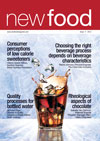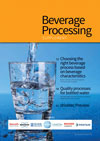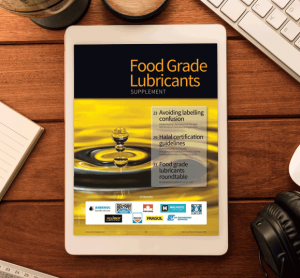Survey of undeclared allergenic peanuts in commercial foods by Taqman real time PCR
4 November 2013 | By Inés María López-Calleja Diaz, Silvia de la Cruz, Nicolette Pegels, Isabel González, Teresa García, and Rosario Martín, Department of Nutrition, Food Science and Food Technology, Complutense University of Madrid
Food allergies are a serious public health problem. Around one to two per cent of the population suffer from some type of food allergy and even higher prevalence levels (up to eight per cent) are estimated for children. Peanut (Arachis hypogaea) allergy is one of the most severe food allergies…
















